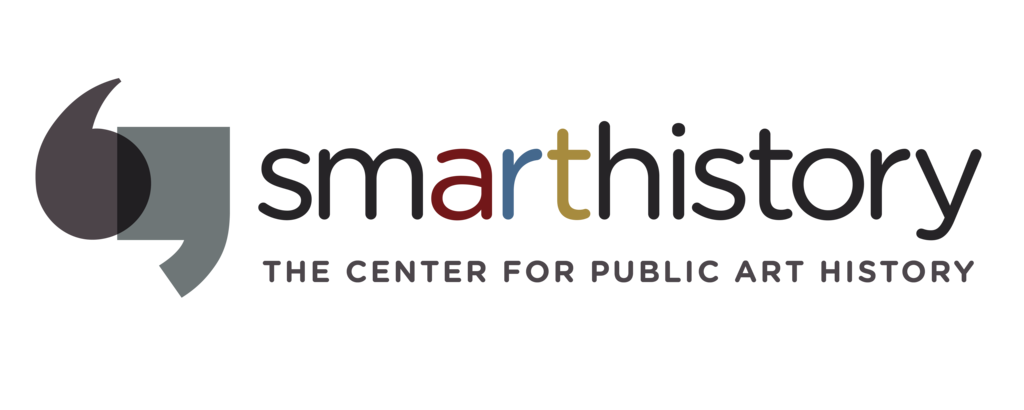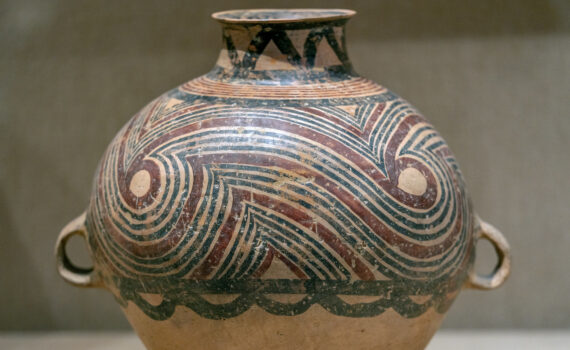We live in New York, so we are lucky to be able to visit this amazing institution often. It's one of the great encyclopedic museums (meaning it collects and exhibits works from all time and from around the globe). And if you can't get there in person, virtually explore the museum with us as your guide.
Some background
videos + essays
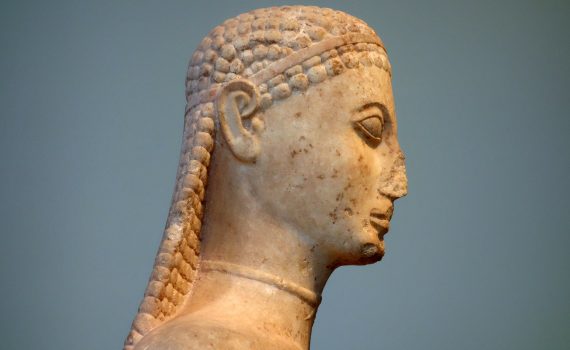
Marble statue of a kouros (New York Kouros)
This early Greek depiction of the idealized male form displays power and poise in his nudity and steadfast gaze.
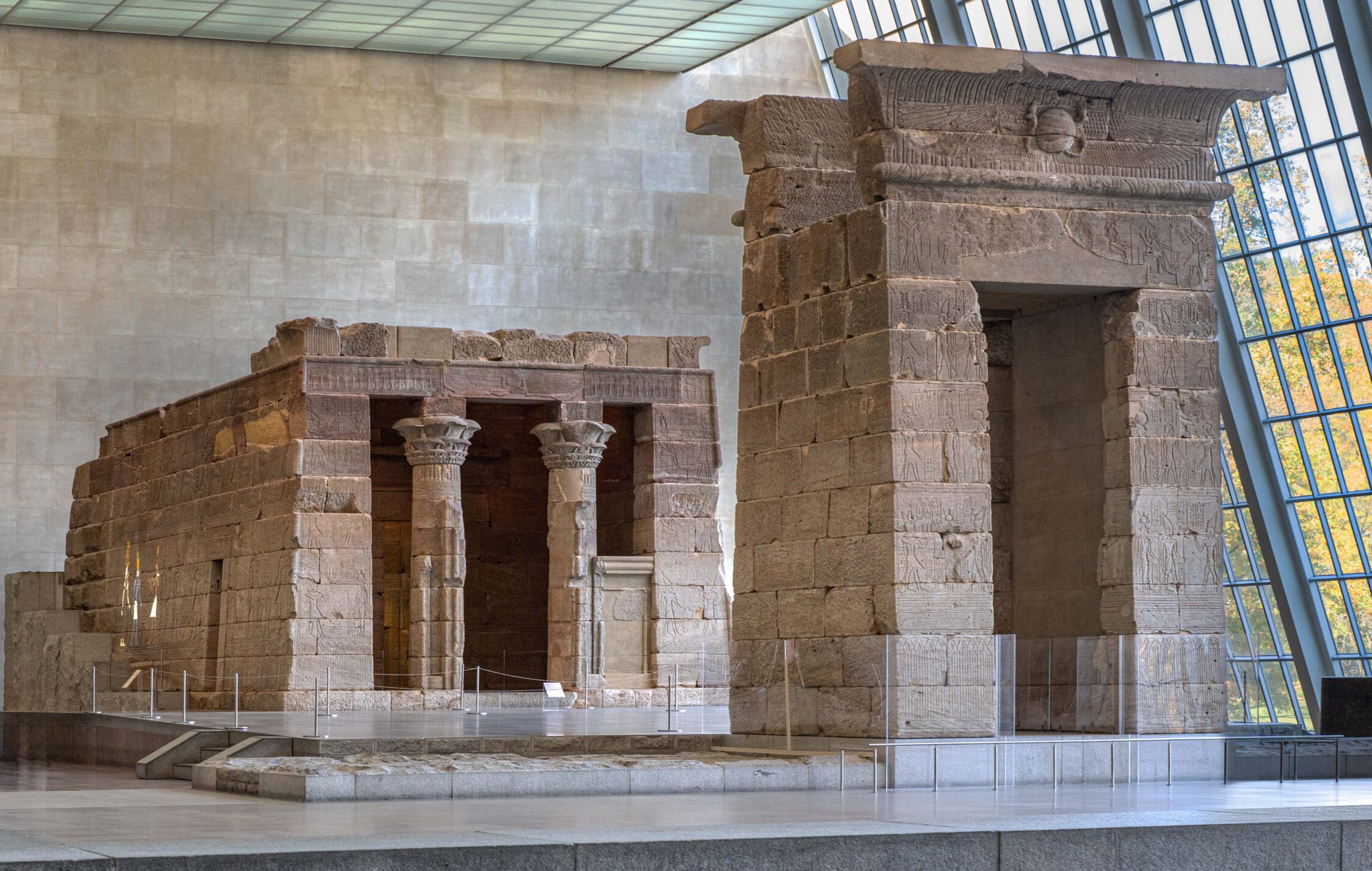
The Temple of Dendur
An ancient Egyptian temple plus the Roman Emperor Augustus—all on Fifth Avenue in New York City!
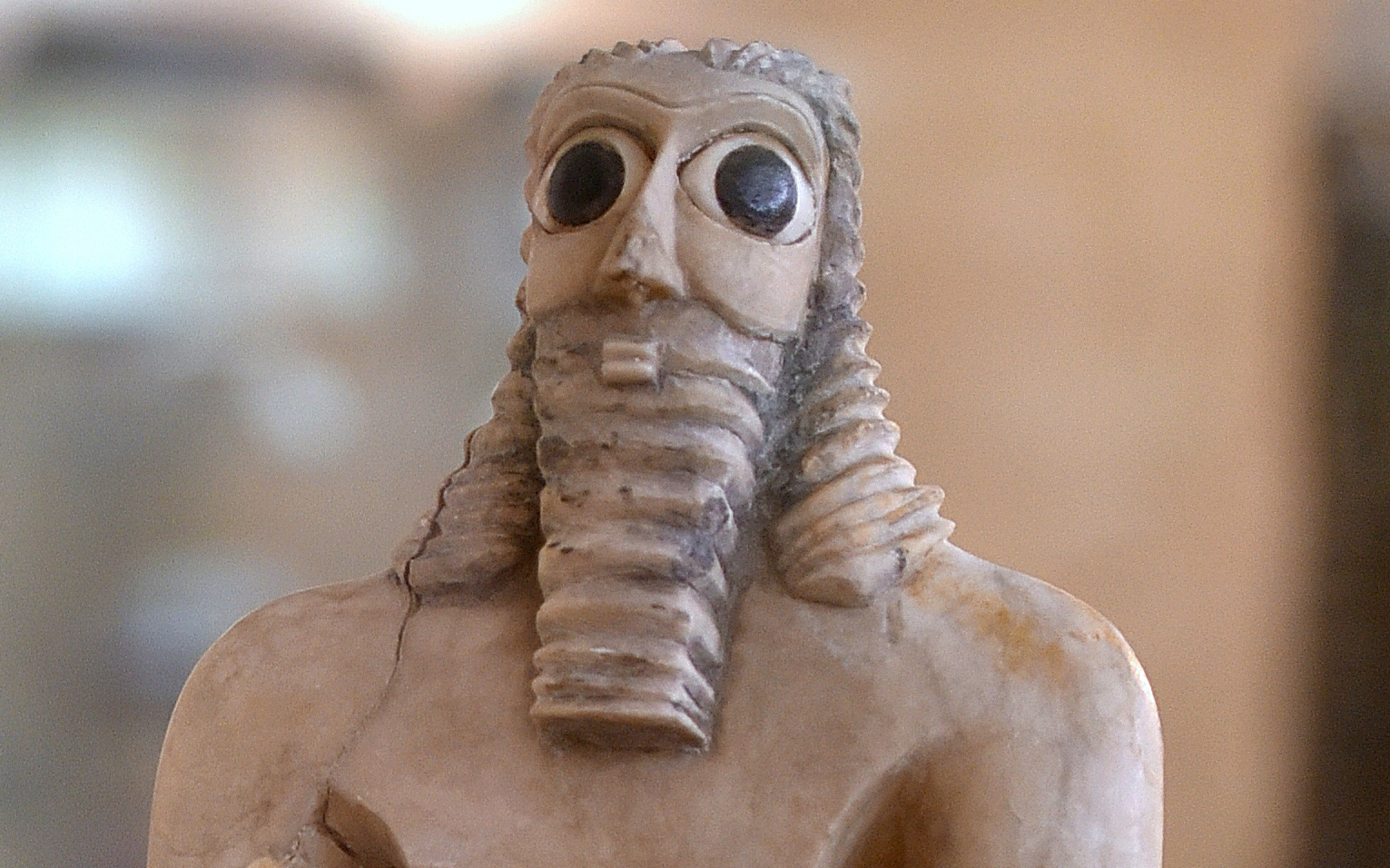
Standing Male Worshipper (Tell Asmar)
One of a group buried in a temple almost 5,000 years ago, this statue’s job was to worship Abu—forever.
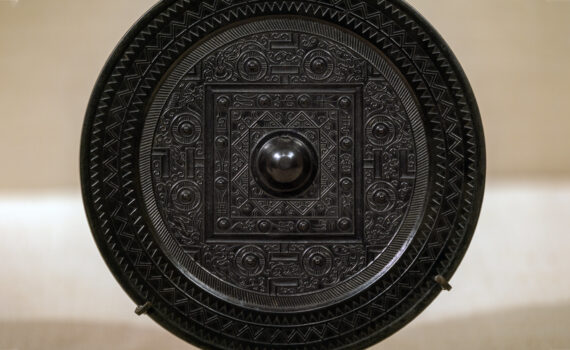
Mirror with game board design and animals of the four directions
This ancient bronze mirror features elaborate designs representing immortality and the cosmos.
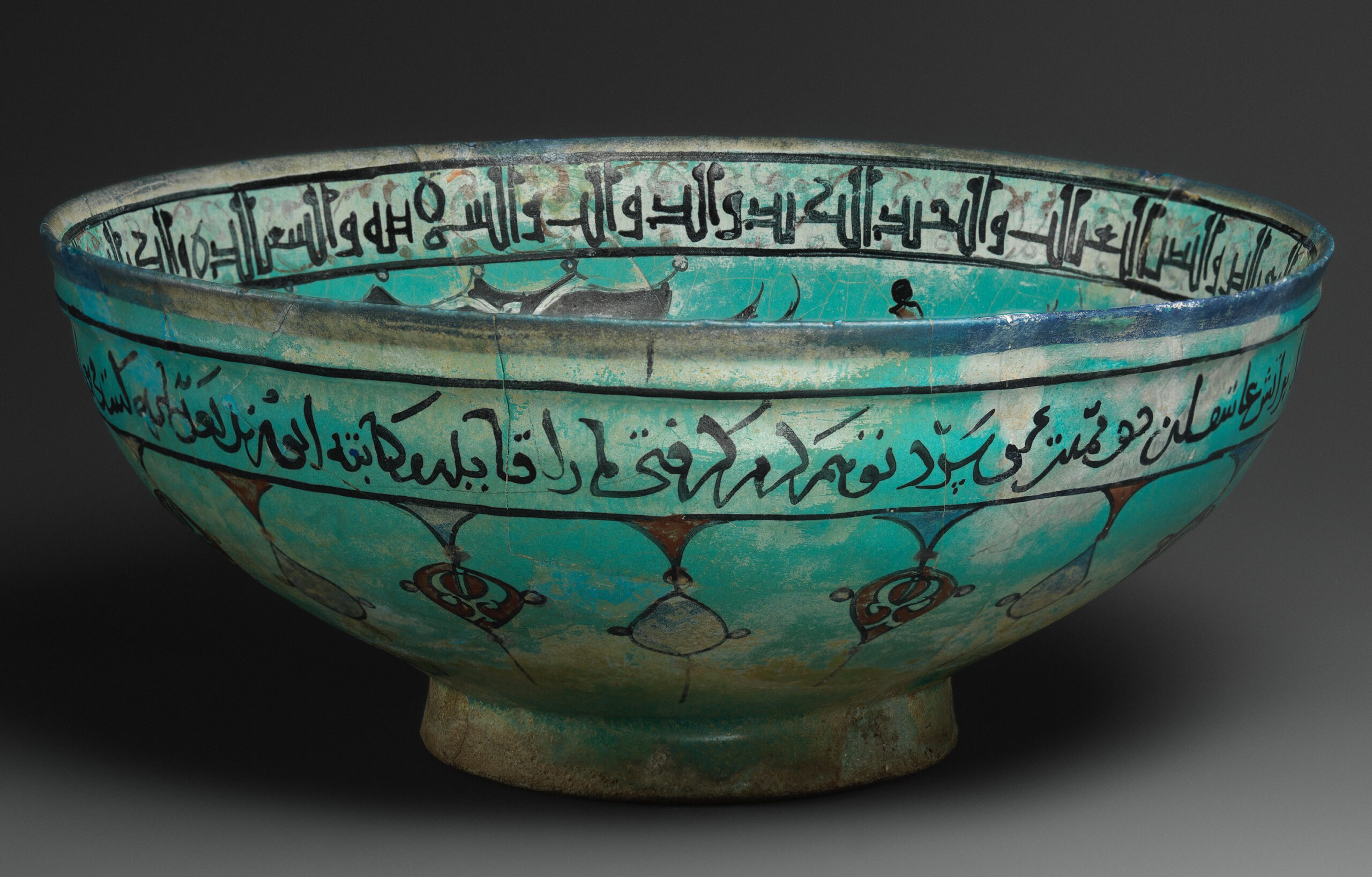
Artist, scribe, and poet: Abu Zayd and 12th-century Iranian ceramics
Poetry is central to this bowl—Persian and Arabic poems encircle the vessel on both its exterior and interior.
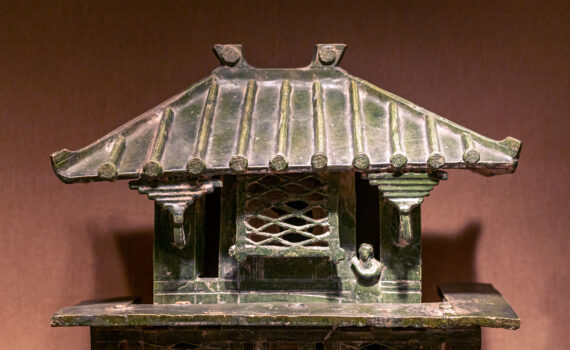
Tomb model of a watchtower
Buried in an Eastern Han tomb, this watchtower model represents the ideal world of the tomb occupant's afterlife in miniature.
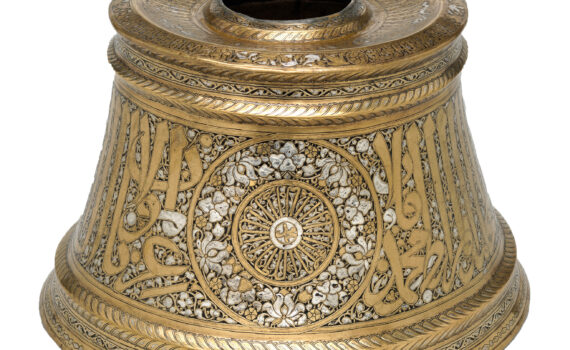
A Mamluk candlestick base
Mamluk sultan al-Nasir Muhammad's candlestick base exemplifies a new visual language of power that emerged in 14th-century Egypt and Syria.
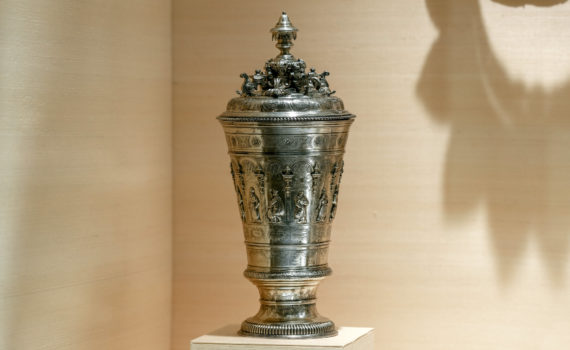
Joachim Michael Salecker, Cup with cover with Hebrew inscriptions
This ornamented silver cup tells a story about a prominent Jewish man close to rulers and European courts at a time when Jewish life was restricted
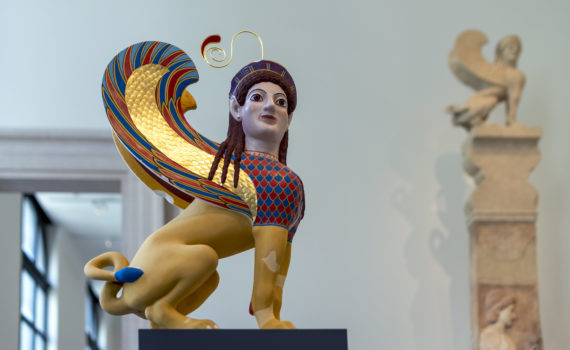
In Full Color, Ancient Sculpture Reimagined
Contrary to the white marble of the ancient Mediterranean we see today, the ancient Greeks and Romans painted their statues in vibrant colors
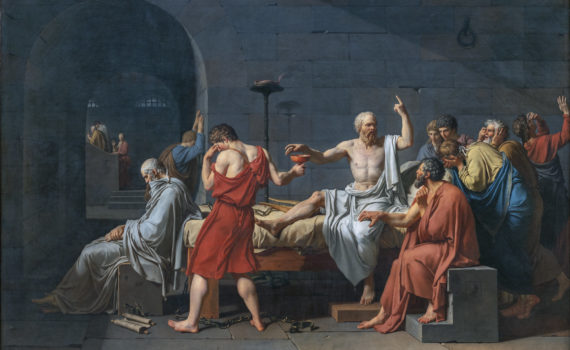
Jacques-Louis David, The Death of Socrates
What is worth dying for? David draws comparisons between ancient Roman philosopher Socrates and the French Revolution
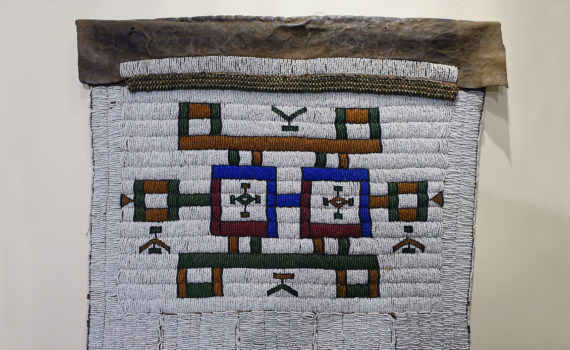
Married Woman’s Apron (itjogolo or ijogolo), Ndebele peoples
These decorated aprons were gifts from the groom’s family to his wife, and signified her new role in society.
